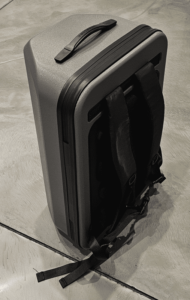Hello colleagues. It is time to get your numbers in for the 2023 toteboards. The toteboards have a goal of recognizing the intellectual property firms that filed the most US utility patent applications, filed the most US design patent applications, filed the most US plant patent applications, and filed the most US trademark applications, and saw them through to issuance and registration.
The submission forms will close toward the end of the day on Friday, February 9, 2024. Please don’t dawdle with this. Please just hand in your numbers and be done with it.
The 2023 toteboards will get published in February of 2024. Every year, we publish the toteboards, and after that, some firm comes in begging and pleading to hand in its numbers late. Please don’t do that. Please hand in your numbers no later than Friday, February 9, 2024!
How to do toteboard searches.
You can see the past toteboards, including the 2022 toteboards, here.
-
- To hand in your numbers for the Ninth Annual utility patent toteboard, click here.
- To hand in your numbers for the Ninth Annual trademark toteboard, click here.
- To hand in your numbers for the Twelfth Annual design patent toteboard, click here.
- To hand in your numbers for the Fifth Annual plant patent toteboard, click here.


